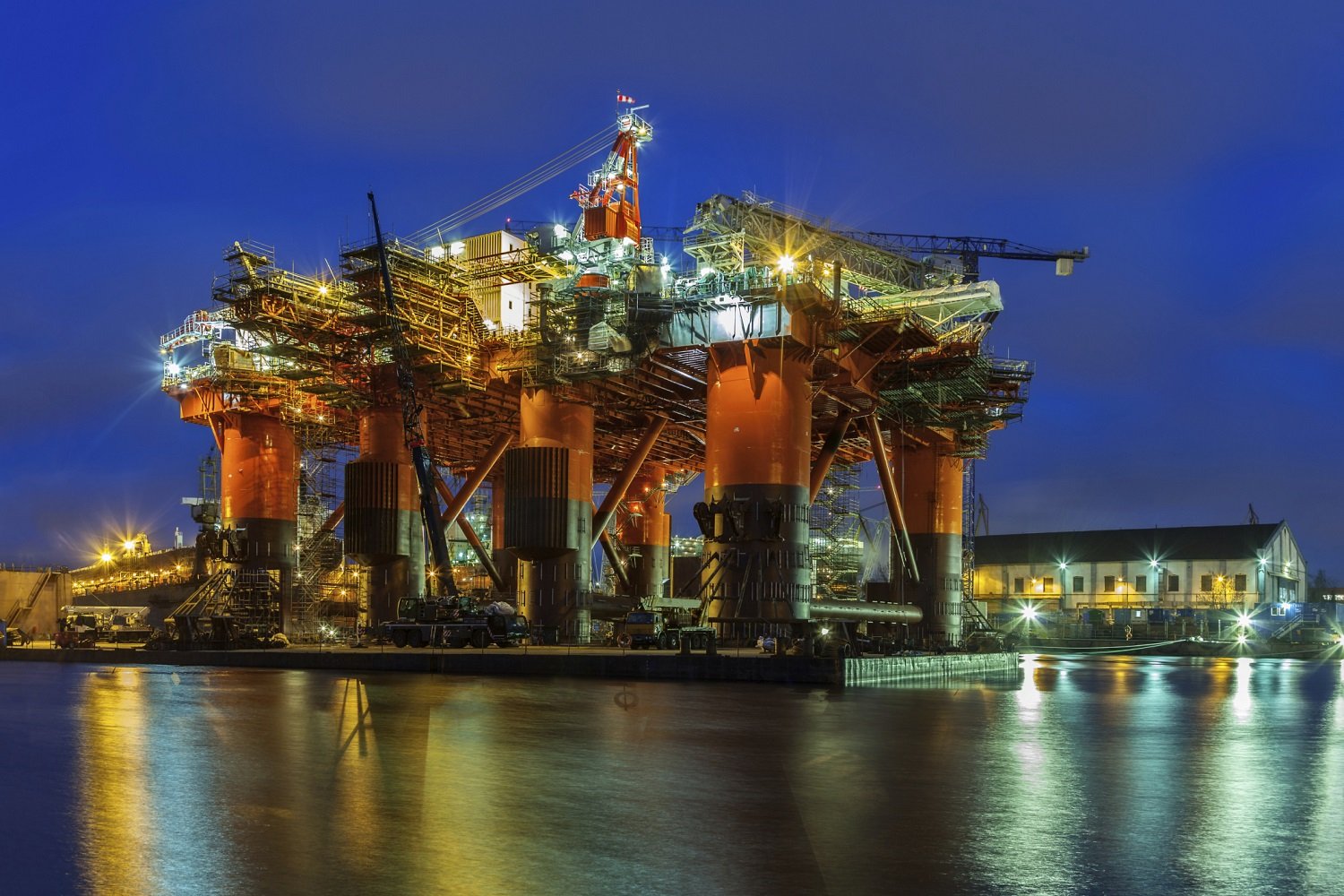
West Polaris Drillship, image courtesy of Seadrill
Just a few years ago Seadrill's (NYSE: SDRL) massive new build program promised to reward investors with years of strong earnings and dividend growth.
Yet the company recently announced it was selling the West Polaris Drillship to its MLP, Seadrill Partners (NYSE: SDLP). Investors might be wondering what the recent strategy shift to selling of some of its most valuable assets might mean for the company's long-term growth potential?
Let's take a look at the realities of Seadrill's finances, continued deterioration in the offshore drilling industry, this deal and future ones like it, and how they may prove insufficient to prevent the company from having to make a further painful move -- one that could send the share price crashing lower still.
Seadrill just sold its second most valuable asset...kind of
The West Polaris -- with a day rate of $653,000 contracted with ExxonMobil through March of 2018 -- is Seadrill's second most valuable asset.
In exchange for dropping it down to its MLP, Seadrill gains $204 million in cash and $336 million in debt assumption, along with 100% of West Polaris's day rate over $450,000 through the end of the current contract, and 50% of the day rate above $450,000 between March 2018 and 2025.
Management believes the deal will provide Seadrill with around $60 million per year in revenue, and allow it to benefit from a potential recovery in day rates once the current Exxon contract expires.
Longer-term Seadrill's ownership of 46.6% of Seadrill Partners' limited units and the incentive distribution rights from managing the partnership means that similar future deals might still benefit long-term Seadrill investors via increased distribution and IDR payments. However, since the industry downturn is forcing these deals to occur at increasingly lower valuations those potential benefits might prove smaller than initially thought.
Too little, too late?
According to Canaccord Genuity analyst Alex Brooks, this asset sale meets Seadrill's financing needs -- estimated at around $500 million -- through the end of 2015. However, with $4.3 billion in 2016 financing obligations and no industry recovery in sight, it's not surprising that Canaccord is predicting that Seadrill will be forced to raise money via a dilutionary secondary stock offering.
Not only would such a move likely cause the short-term share price to crash, but it would also potentially scuttle management's recent authorization to buy back up to 10% of Seadrill stock -- thus potentially slowing future per share earnings growth.
Can additional rig sales save the day?...
Seadrill could theoretically avoid a secondary offering by performing additional rig drop downs to finance its upcoming obligations. For example, in 2014 Seadrill made two major drop downs to Seadrill Partners:
- In March Seadrill's West Auriga sale brought in $355 million in cash from an implied deal value of $1.24 billion.
- In November it sold the West Vela for an implied price of $900 million, and netted $238 million in cash.
Seadrill still owns 13 contracted UDW rigs that it might be able to sell to Seadrill Partners, including the West Gemini, which represents its highest contracted day rate -- $656,000 through October 2017.
...Probably not
That being said, the trend in cash received for its last three rig sales is steadily downward and the amount of money that Seadrill might be able to obtain from such sales going forward is likely limited by the fact that five of those 13 rigs have contracts expiring by the end of 2016.
In addition, Seadrill's ability to drop down its rigs to Seadrill Partners might be hindered by its MLP's high debt load, which after this rig sale will total $4 billion. With a Debt/EBITDA ratio of 5.2, Seadrill Partners might find it challenging to find attractively priced financing to keep buying Seadrill's UDW rigs.
That's especially true given that, according to analyst firm Susquehanna, in the last 90 days 16 high-spec UDW rigs received new contracts or contract extensions versus 27 such rigs that rolled off contract and are now looking for work.
This falling UDW utilization is causing some analysts to predict that the recovery in offshore drilling might not arrive until 2017 or later, which echoes what Rune Magnus Lundetrae -- Seadrill's CFO -- recently said about the timing of a possible industry turnaround.
This increasingly bleak industry outlook might make Seadrill Partners' creditors think twice about lending the MLP further cash to keep buying Seadrill's rigs, especially if they might end up idle and unable to help the MLP service its enormous debt load.
Takeaway: latest deal is a short-term liquidity fix but one that doesn't come close to solving larger problems
Given likely short-medium term industry conditions, Seadrill's enormous new build program -- with its burdensome financial obligations -- has gone from an asset to a liability. While drop downs to its MLP can help bridge the funding gap a little, this strategy isn't likely to prove enough of a solution to realistically prevent the need for a secondary stock offering in 2016 should rig utilization and day rates continue to weaken.




